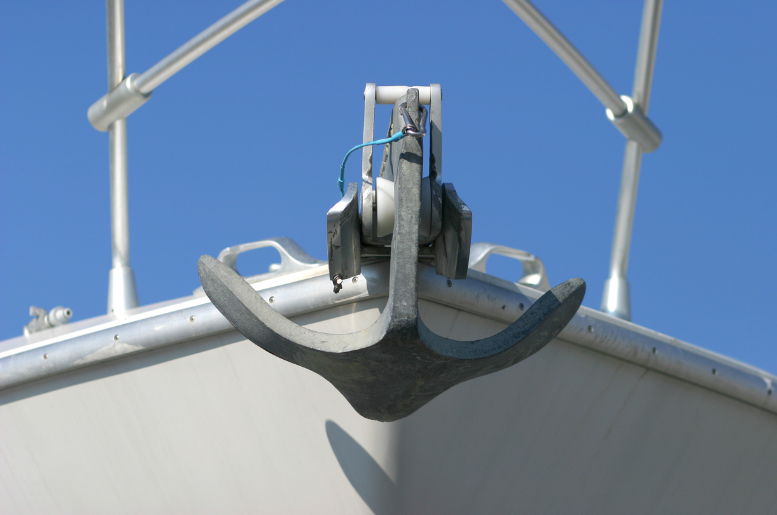Simply measure anchor URLs

by Katrin Nebermann
Simply measure anchor URLs

One-pagers or one-page websites are popular and have many design advantages over classic multi-page websites. However, they usually pose a challenge for analysts if so-called anchor URLs are used for navigation.
What are anchor or jump mark URLs?
One-page websites often contain a navigation that naturally does not refer to suitable subpages, but directly to the appropriate sections of the page. One-pagers can be very long, especially on mobile devices, and users are known to be impatient and don’t want to scroll “forever” to the desired content. Anchor tags or jump labels are therefore used to refer to a specific point on the page.
These URLs look like this, for example: https://www.beispielsite.de/#kontakt
Why is the measurement of anchor or jump mark URLs challenging?
Navigation clicks can also be easily recorded for one-pagers using a CSS selector or event tracking script. However, by default, page views are also generated with each link call – but not differentiated, but always only with the URL or the page title without the jump marker.
In the example above with the URL: https://www.beispielsite.de/
It’s that easy in etracker analytics:
To record differentiated page views with anchor tags or jump labels, there is a special function in the settings under Settings → Account → Data enrichment:

As a rule, it makes sense to generate the page name automatically from the URL.



